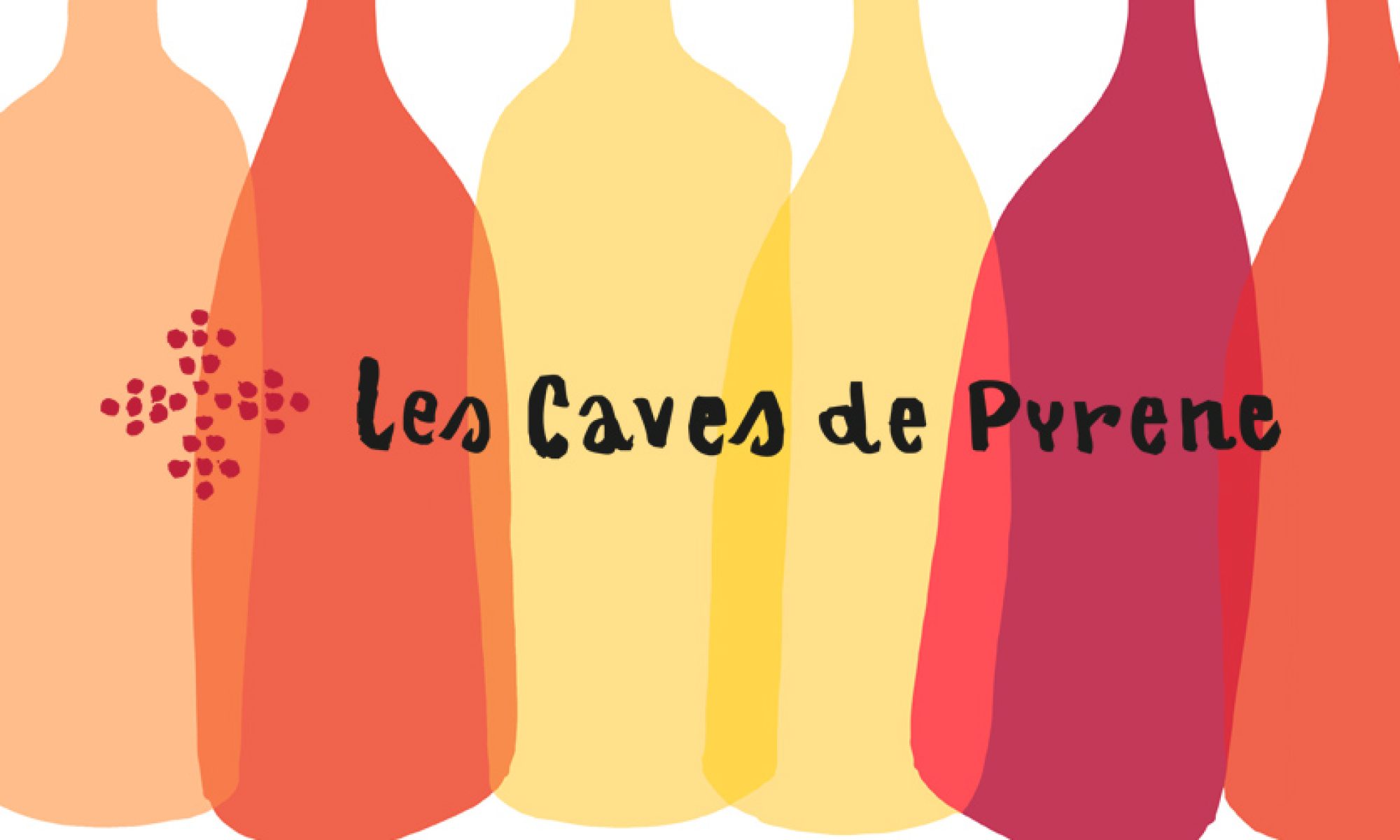
Reputation can refer to renown (widespread fame) or esteem (the regard in which something is held). It is something that feeds on itself and grows larger until such time as the next big thing comes along. A wine becomes popular when it is generally deemed to have a good reputation although the means by which this is acquired may differ.
Perceived rarity and desirability contribute enormously to the popularity of certain wines, the aura of mystery being a lucrative asset in this regard. Such wines may end up as commodities traded on the grey market or commanding exalted prices at auction. However good they are (and many such wines may be vastly overrated), they become prestige products bought to augment the cellars of wealthy private clients or flipped for a quick profit. When customers see these wines on restaurant wine lists, they may naturally presume that the lofty price is merited and even if they cannot afford to buy the particular wine, will still aspire to buy it.
Some certainties have disappeared. The rankings or scores (sometimes known as Parkerisation) associated with giving wines their high reputation are less important now. Individuals are just as likely to listen to the recommendation of a friend or look online for information on a wine as to be influenced by a mark out of one hundred. Perhaps, also, the wines designed to impress critics and accrue high scores as a result, are not so much in fashion.
In these straitened times when so many wines are priced out of the pockets of consumers, perceived value-for-money will help to make a wine more popular. When a particular wine is qualitatively better than others at a similar price point and obviously overdelivers, it gains a loyal audience who are often searching for a “house wine” that they can buy again and again knowing they are getting an excellent deal. The wine may be commercial in style or utterly distinctive, an appellation or a table wine, it is that when a customer drinks it, they appreciate its undoubted value.
Value-for-money may be one benchmark of wine popularity. Conversely, wines that are highly reputed and reassuringly expensive are often considered must-haves, if a wine list is deemed to tick all the boxes. Such wines garner their reputations over time and are collectively rated by critics, journalists, influencers, restaurateurs and sommeliers until such a time as they become iconic in their own right.
Charismatic or larger-than-life producers with interesting stories to tell or persuasive philosophies to expound are the ambassadors for their own brand and also help to raise awareness of the region in which they are making wine.
Wines become popular often for the simple reason that their time has come. Trends happen because people want them to happen. Each country has had its day in the sun.
The label – alas -matters. Responses to label designs are, of course, highly subjective, yet they can help to sell the wine. In some cases, the label may transcend the humble contents within the bottle. Conversely, an unassuming or dreary label can affect the sales of a superb wine.
Advertising is overrated as a means of popularising wines, but social media plays a significant role as does simple word of mouth. The actions of wine merchants have more power than one thinks. Many years ago I made a conscious effort to sell more Muscadet by putting samples in every customer tasting and suggesting that this appellation was the new Chablis and the next big thing. This was a self-fulfilling prophecy – we tripled our sales of Muscadet in that year alone, and a few months later I was invited to attend a round table wine magazine discussion to assess why Muscadet had suddenly taken off so remarkably in the trade.
I don’t take credit for the irresistible rise of Muscadet. Wines become popular often for the simple reason that their time has come. Trends happen because people want them to happen. Talking about the next big thing is not enough in itself. Getting hard listings so that consumers see the wines wherever they go, persuading the trade to talk about their new best-selling wines – these are the concrete measures required to make a wine really popular.
Tastes change with the generations. For a start, more people drink wine than ever and across the socio-economic classes. When I was first introduced to wine, choice was limited, and hierarchies were apparent. You had the classics (cru classé Bordeaux, Burgundy from famous estate, the wines of Piedmont and Tuscany, Californians, German Riesling and so on) and you had supermarket wine. After this came the vogue for all things New World and varietal, from plump Aussie Chardonnay and Shiraz, New Zealand Sauvignon and later on Chilean Cabernet Sauvignon and Argentinean Malbec. Each country has had its day in the sun. Reputation is dependent on PR and getting wines in front of influencers (be they bloggers, journalists or wine educators). A lot of money is spent by wine organisations to secure influence. Yet with all this PR clamour, no single voice stands out. When every grape variety seems to have its own day in the calendar, when articles on every region in the wine world are being published regularly (proclaiming that they are the next big thing), the nature of popularity itself becomes more transient.
Popularity might be measured in brute sales and sheer growth, but these are dependent on how major markets across the world are performing at a given time, which in turn are dependent on tariffs, taxes and other trade barriers. If for some reason, high tariffs say, a market effectively shuts down, it does not mean that the wines have become less popular, rather that they have become artificially less affordable.
Consumers should taste a wine on its merits and without reference to its reputation. Just because a wine may be popular does not mean that it is good. Or even that you have to like it.

